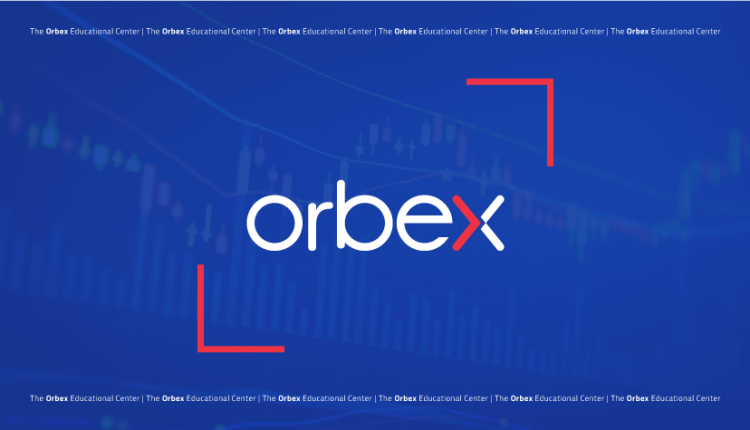Do I Need Stop Loss and Take Profit?

Foreign exchange trading volumes rose to a record high in the first three months of 2018, representing a rise of 28% in March 2018, compared to a year ago, according to data released by CLS and published by Reuters. The increase in the FX trading volumes was the result of a rise in volatility from multi-year lows, which drove more traders to buy and sell forex.
The forex market sees trading of a whopping $5.3 trillion each day, which is four times the global GDP. However, recent research also reveals that 99.6% of retail forex traders fail to achieve more than four consecutive profitable quarters. So, regardless of how sound your trading strategy might be, losses are inevitable.
This is why it is crucial to put effective risk management strategies in place. This is the only way you can minimise the risk of losing money. And, some of the most effective risk management strategies are placing well-informed stop loss and take profit orders.
Importance of Exit Strategy in Forex Trading
Many traders make the mistake of entering a trade without having any kind of exit strategy. This often ends up with the trader settling for premature profits or facing losses. To minimise losses and lock in profits, traders should know the exits available to them. Take-profit (T/P) and stop–loss (S/L) are the most commonly used exit strategies.
However, before using stop loss or take profit, you need to ask yourself a few questions:
- How long am I planning to be in this trade?
- How much risk I am willing to bear?
- At what price do I want to get out?
So, what you need to determine is when and how to place these orders.
Stop Loss
A stop loss order tells the broker to sell a specific asset when it attains a pre-determined price. Stop losses can be set for both long and short positions, taking emotions like fear and greed out of the equation.
Now, there are two types of stops that you can set, a static one and a trailing one. The former is when you set a specific price at which your position will be closed and this stop does not change or move until the order is executed. Many who use static stop losses base it on technical indicators and analysis, which is a good idea because then your decision is based on real market information.
While static stop loss is a good option for beginners, as you gain experience, you can try your hand at the trailing option. Here, you can adjust your stops based on whether the market is moving in your favour or not, diminishing downside risk.
Take Profit
Most forex traders use stop loss in conjunction with take profit orders to manage risks on their open positions. In the case of take profit, the order is executed when the asset reaches a specific price, closing your position for a profit. Together, these two types of orders will define your risk-reward ratio.
By placing a take profit order, you free yourself from having to constantly follow the market, while also taking emotions out of the equation. Again, these orders are placed on the basis of technical indicators and analysis, such as support and resistance levels and chart patterns.
Every forex trade entails both risk and reward. It is important that you assess your own risk appetite before deciding on where to place your stop loss and take profit orders.




![Credit Card 160×600 [EN]](https://assets.iorbex.com/blog/wp-content/uploads/2023/06/13144507/Blog-Banner_EN-Banner_160X600X2.webp)